Research
Working Groups
Crystal Growing
What is the scintillation crystal?
Scintillation is a process converting an ionizing radiation into detectable lights. It means that flashes of lights are produced in the scintillator by passages of particles such as alpha particles, electrons or high-energy photons. There are many different types of scintillation materials such as plastics, glasses, organic liquid or inorganic crystals.
Among them, inorganic scintillation crystals are used as core materials for detection and measurement instruments applied in various fields: non-destructive testing, medical imaging, dosimetry, homeland security, oil exploration or scientific research (particle detector). Each crystal of different types has different characteristics. Depending on detector or experimental goal, the crystals require to have high light outputs or specific elements.
The crystals to be used in the CUP experiments are ultra-pure scintillation crystals with ultra-low internal background. We are focusing on growth of ultra-pure crystals by optimizing growth conditions for each crystals.
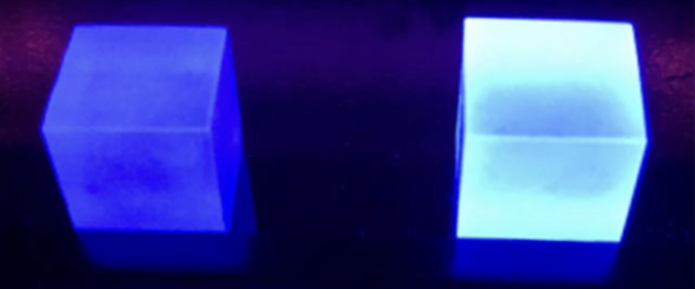
-
Figure 1 :
Nal scintillation crystal (left), Nal:Tl scintillation crystal(right) excited by a 254 nm wavelength (UV) LED lamp
Crystal growth method
Crystal growth method depends on characteristics of crystal materials under investigation such as melting point, volatility, solubility in water or organic solvents and so on. In gernal, based on a principle of melt and crystallization of raw materials, there are various crystal growth techniques such as Czochralski, Kyropoulos, Bridgman, and zone melting method.
- CzochralskiThis method is widely used for crystal growth. A seed for growth touches the melt and a crystallization starts by controlling speeds of rotation and pulling. The rotation and pulling rates are controlled depending on characteristics of raw materials and crystals, device, and growth environment.
- KyropoulosKyropoulos method is used to obtain a bulk crystal. A seed for growth touches the melt and a crystallization initiates by cooling the grower slowly. For this reason, it is required to have careful and continuous temperature controls.
Ref) Seevakan, K. and S. Bharanidharan. “DIFFERENT TYPES OF CRYSTAL GROWTH METHODS.”, Vol. 119, No. 12, 2018, 5743-5758.
-
Figure 2 :
Crystal growers at CUP. Czochralski gorwers (left), improved Kyropoulos growers (right)
Crystal growth at CUP
We have been working on growths of molybdenum-based CaMoO4 and Li2MoO4 using a Czochralski method for the AMoRE experiment and NaI:Tl crystals using an improved Kyropoulos method for the COSINE experiment.
Growth conditions of CaMoO4 and Li2MoO4 scrystals have been optimized and an ultra-pure crystal was grown through a double-crystallization process. Based on this performance, we have been studying intensively on growing of Li2100MoO4 crystals using 100Mo as an candidate isotope of neutrino-less double beta decay.
For growing NaI:Tl crystals, we have an R&D and a full size growers based on the Kyropoulos method. We are growing 1 kg NaI:Tl crystals to optimize growth conditions using the R&D grower. We plan to grow about 150 kg of NaI:Tl crystals using the full size grower in near future.
-
Figure 3 :
Nal:Tl crystal (left), CaMoO₄ crystal (middle), Li₂MoO₄ crystal (right)
Low Temperature
Low Temperature R & D
Low temperature sensors have opened up great opportunities by enabling measure-ments of tiny energy depositions from particle interactions. Because of their excellent sensitivity, such sensors have played important roles in rare phenomena searches such as direct dark matter searches and neutrinoless double beta decay experiments. The low temperature group at CUP has developed the AMoRE crystal detectors which use the MMC (Metallic Magnetic Calorimeter) technique to measure phonons and scintillation photons produced by the particle interactions in the crystal. We conduct R&D to improve the performance of the phonon and photon detection using various low temperature techniques. We have tested various Mo-based crystals for the future double beta decay experiment. We are also working on a low temperature facility to accommodate a large detector array and shield structure for the large-scale experiment.
-
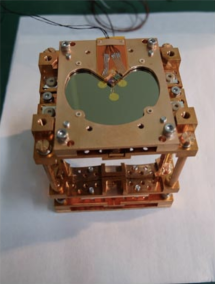
One AMoRE crystal detector
-
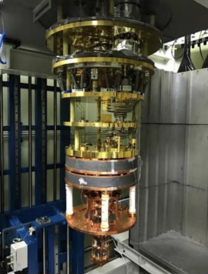
AMoRE detector tower installed in the dilution refrigerator
Purification
Why do we need purification?
Searching for the rare events like the neutrinoless double beta decay and the dark matter interactions for the proposed experiments requires to use developed detectors made from initial materials with extremally low internal radioactive background. So, purification of materials used for the detectors is one of important direction for R&D program of CUP.
How do we purify?
We use various purification techniques for reduction of radioactive contamination in 100MoO3 powder, as a main initial material for the AMoRE detector, and in NaI powder, as a main initial material for the COSINE detector.
For purification of molybdenum tri-oxide, we apply combination of sublimation with wet chemistry techniques using home-made sublimation and annealing machines for producing of final product:
-
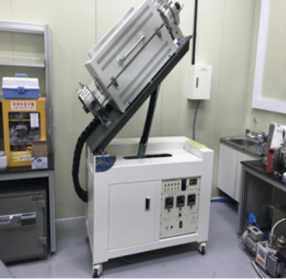
Sublimation machine
-
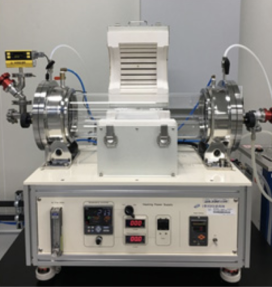
Annealing machine
For purification of sodium iodide, we have designed developed mass-scale purification facility based on the fractional recrystallization from water:
-
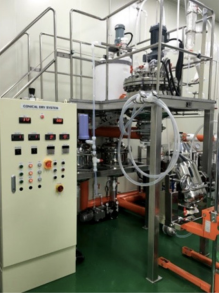
Right view of Nal purification facility
-
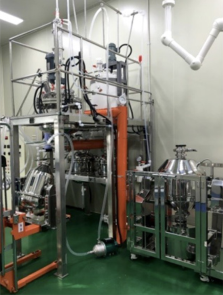
Left view of Nal purification facility
How do we check purity of our products?
We use Inductively Coupled Plasma Mass Spectrometer Agilent 7900 for trace level analysis of our materials and products. The use of ICP-MS method conducted with UHMI and He modes provides high precise and accurate measurement of many elements, like Th, U, Ba, Sr, Pb, K, etc. on a ppt level.
-

Agilent ICP-MS 7900
Simulation
Why we are doing computer simulation?
The center for underground physics aims to reach the most sensitive parameter spaces for searches on a dark matter and neutrinoless double beta decays, which are extremely rare event experiments requiring ultra-low background rates. In order to meet the experimental requirements, we must understand background sources from detector components, surrounding materials of the detector, and cosmic muons.
To save time and to optimize design of each experiment for increasing signal as well as reducing backgrounds, we are performing simulations of various backgrounds in the experiments, which would provide us improving a sensitivity of our experiments.
What do we simulate?
Geant4 (GEometry ANd Tracking) is one of useful tools for simulations of our experiments. Current we are doing the KIMS-NaI detector for a search on dark matter and AMoRE detector for a search on neutrinoless double beta decays simulations to design the experiments using Linux computer cluster (see Fig. 1 and 2). These simulations give us cost and time savings for the experiment, more importantly improving sensitivity of each experiment.
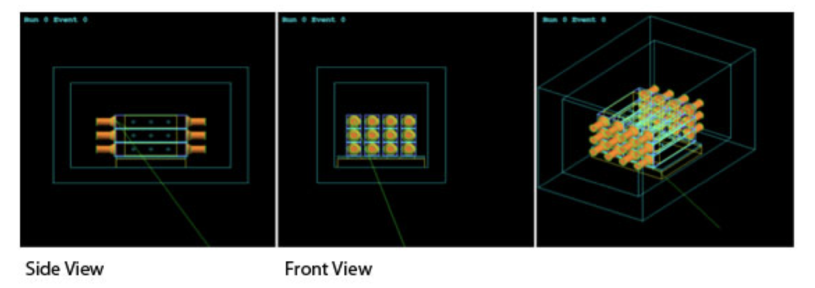
-
Figure 1 :
KIMS detector simulation
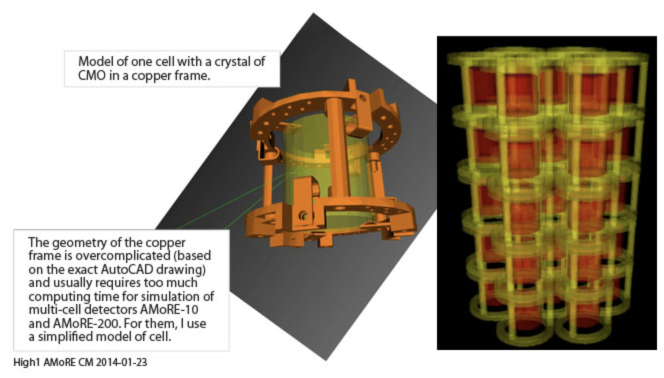
-
Figure 2 :
AMoRE detector simulation.
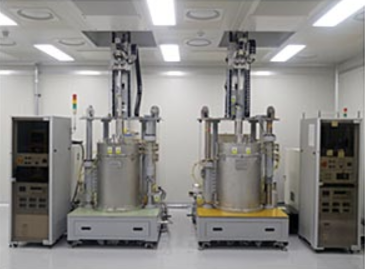
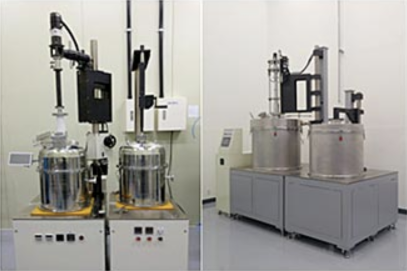
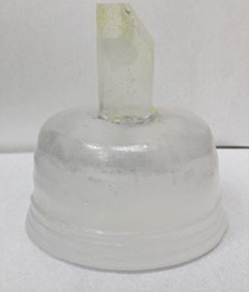
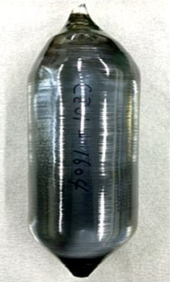
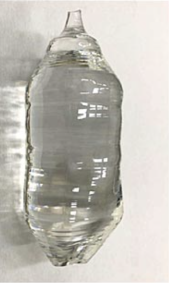
 Center for Underground
Center for Underground